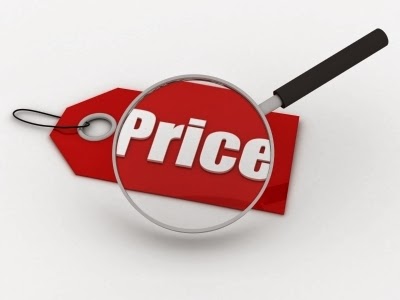Global Investing Trading
Today I’m writing about long term investing trading the global growth trend. Two very significant country economies going forward are China and India. Chindia as some call it, comprises about two billion people, and the surrounding areas of Asia and the Middle East are very significant also. The growth moving forward long term in these areas is exponential that was has happened in the past, and a great opportunity for anyone around the world to benefit from.
ADR – Advance Depository Receipt
One great way to invest in global growth is through Foreign stocks listed on the NYSE and Nasdaq stock exchanges as ADR’s or what’s called Advance Depository Receipts. Today with online trading access anyone from any country can open an investing trading account with a number of different brokers from around the world and invest and trade in global growth companies. Of course locals in their respective countries may choose to invest trade direct with their local brokers and exchanges, but also have the choice of an account with an international broker too. Direct investment in foreign companies on foreign exchanges through foreign brokers may or may not be available to foreign investor’s traders. Check with a broker from the country you’re interested in investing trading whether you qualify to open a investment trading account that specific country.
The Most Liquid Financial Market in the World
Another very good market to be invested trading in is the forex or currency market. With its 24 hours a day 5 day a week market, buy or sell in the most liquid financial market in the world. Forex involves high leverage and risk. The first major factor to understand and implement is the amount of leverage you’re using and understand its profit loss consequences, or what is called risk management. Simple to learn and once implemented now you can fine tune the amount of leverage you’re using creating low-risk high-reward returns of 3:1 plus profilt/loss ratios. Managing your leverage and only entering investments or trades with 3:1 plus profit/loss ratios or another term reward/risk ratio. With a disciplined risk management system such as this, you will have smaller losses and much bigger winners providing sustainable strong long term returns. The more active you are in managing and always fine tuning your portfolio income, the more potential you have in earning above average returns.
New Economy Low-Risk High-Reward Profitability
The greatest thing of the new millennium is the availability of online practice demo investing trading systems for stocks, options, forex, and futures. Trading the live markets with fake money to practice and hone your investing trading skills. I called it interactive new school financial intelligence old school never taught. I learned this way as many others have also. Now there’s no more need to aimlessly throw real money at the market and lose because you don’t know what’s going on. You do the practice losing first with fake money, then you go with your real money after, when you feel confident enough to do so.
Institution Program Trading – Small Investor Trader Automated Trading
Also another new investing trading innovation today is automated trading computer programs. Wallstreet has been using computer program trading for decades. Automated program trading is now available and very affordable for small investors and traders too. I highly recommend to investigate and use these very disciplined low-risk high-reward stock and forex auto trade programs. They produce phenomenal low-risk high-reward returns once implemented, fine tuned, monitored and managed.
Global Financial Opportunities
The opportunity for anyone in any country with even small amounts of investing money has the ability to invest and trade in the global financial markets now. Globalization is here providing a multitude of low-risk high-reward investment and trade opportunities. Start with knowledge, set dated investment trading goals, have an investing trading plan, execute that plan or plans with discipline, and benefit with better than average returns in the long term.
Good day, good investing and trading for your financial freedom future!

























